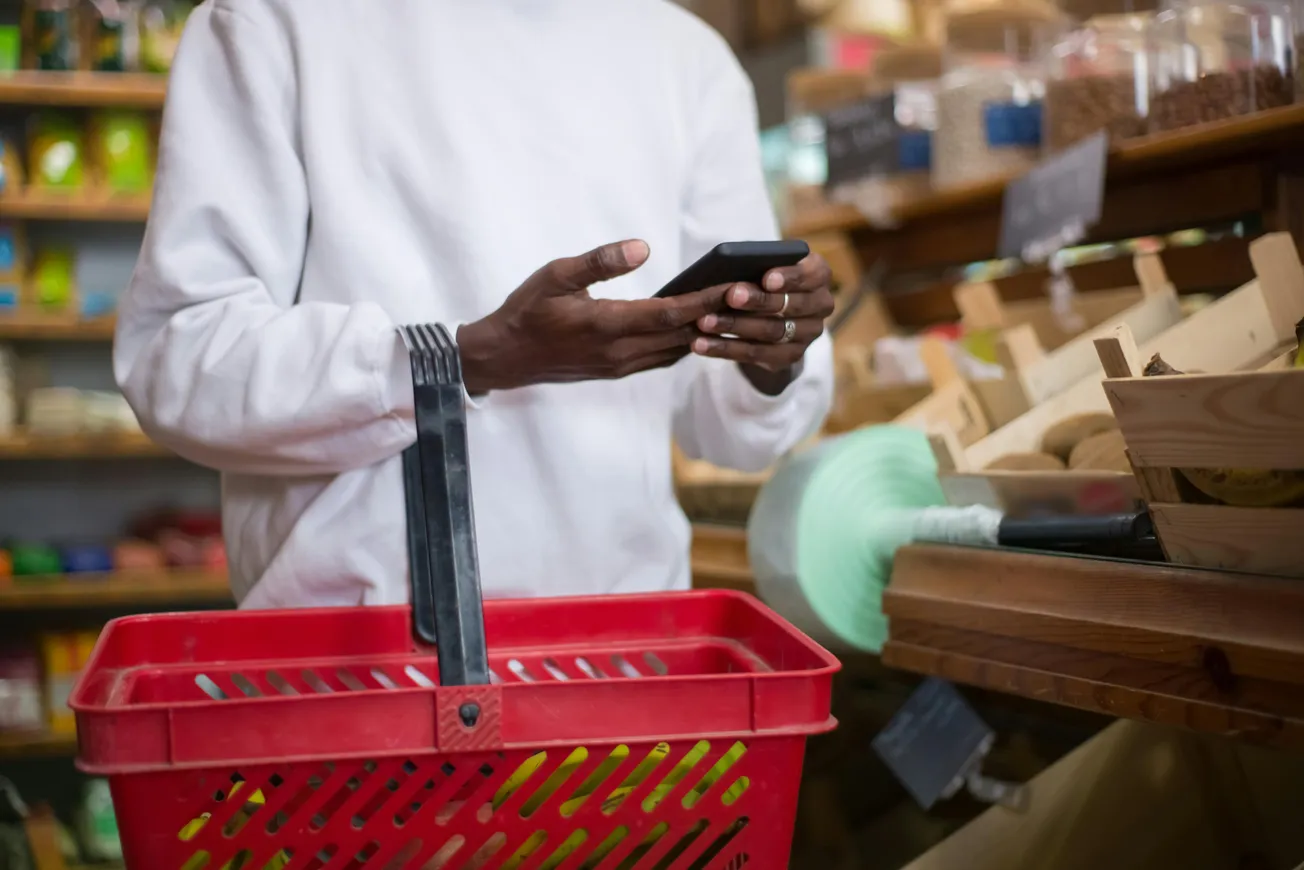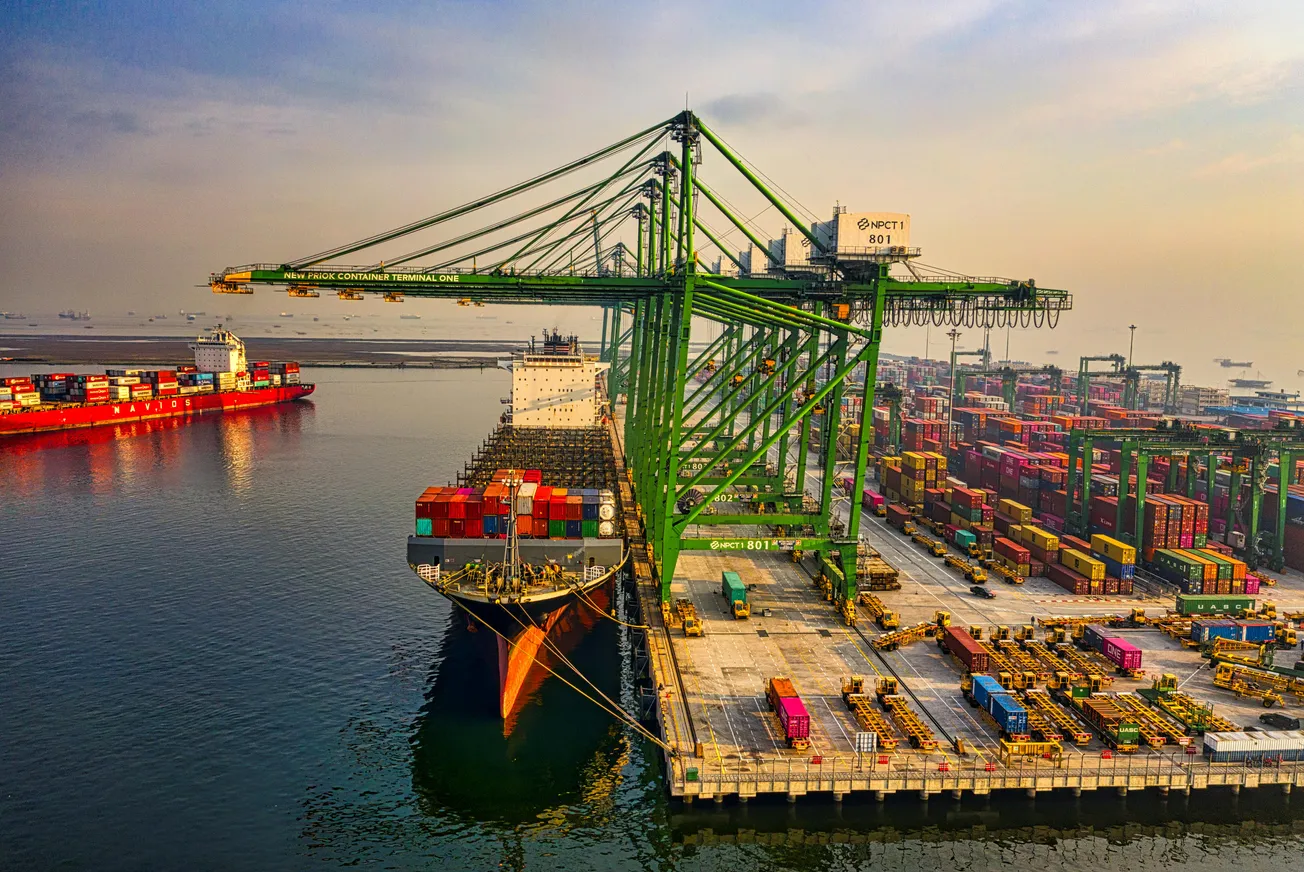In the evolving retail landscape, two supermarket leaders — Walmart Inc. (WMT) and The Kroger Co. (KR) — are being singled out for the strength of their omnichannel strategies and the way they’re translating that advantage into long‑term growth potential.
Omnichannel: From Buzzword to Business Backbone
For both Walmart and Kroger, the integration of physical stores with digital commerce is no longer optional ‑ it’s foundational. They’re investing heavily in capabilities such as buy‑online/pickup‑in‑store (BOPIS), same‑day delivery, mobile checkout, and fulfillment‑from‑store models.
These moves matter for three key reasons:
- Incremental revenue streams: Digital‑channel growth supplements in‑store sales and opens new margin‑rich areas like marketplace listings and advertising (in Walmart’s case).
- Operational leverage: Fulfillment from store and efficient omnichannel fulfillment reduce inventory risk, improve unit economics, and leverage existing real estate.
- Customer loyalty & experience: Shoppers now expect seamless experiences across channels. A strong omnichannel model strengthens retention and competitive positioning.
Headwinds & Margin Considerations
Despite the promise, margin compression remains a concern. Both companies face higher labour costs, investment in automation and e‑commerce infrastructure, and in some cases, weakening pricing power given consumer sensitivity.
This means while omnichannel delivers growth potential, execution and cost control are critical.
Why Industry Professionals Should Care
- For supply‑chain executives: The shift to omnichannel requires re‑thinking stocking, store layouts, packaging, and fulfillment networks.
- For merchandising & category teams: Faster fulfillment cycles and digital‑first shoppers mean assortments and pricing must adapt in near‑real‑time.
- For technology & operations leads: Integration of store systems, e‑commerce platforms, and logistics is non‑negotiable if omnichannel is to scale profitably.
- For investor relations and strategy: Demonstrating omnichannel traction signals resilience in essential‑goods retail and supports longer‑term valuation arguments.







